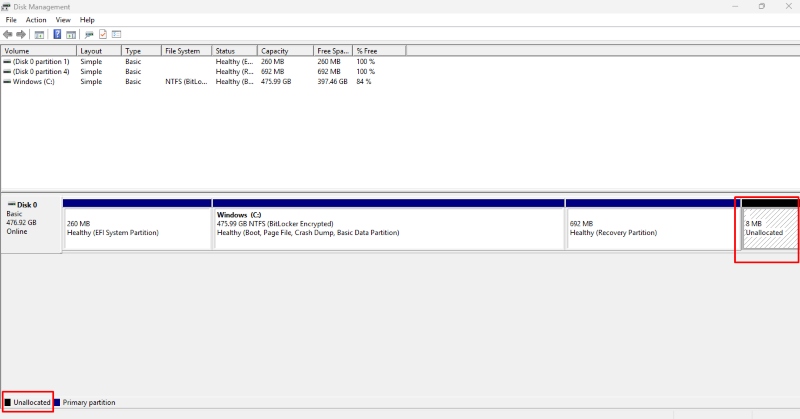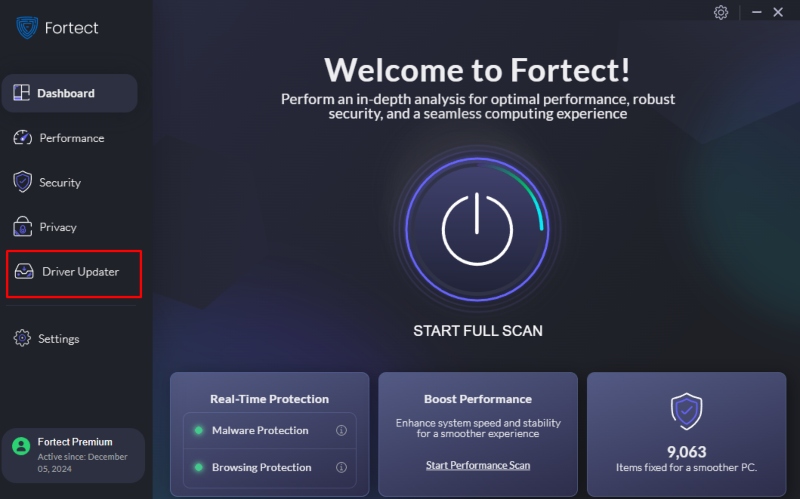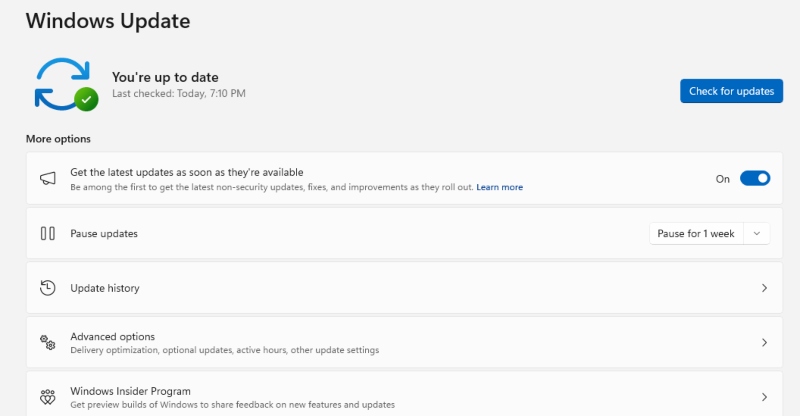SOLVED: “SSD Not Recognized” Error in Windows
If your SSD is not recognized in Windows, you may experience boot failures, missing drive partitions, or an undetectable disk in File Explorer. This issue can stem from hardware malfunctions, outdated drivers, or misconfigured BIOS settings. Below, we’ll examine the causes and effective solutions to fix an unrecognized SSD in Windows 10 and 11.
Why Windows Doesn’t Recognize Your SSD?
- Faulty or Loose Connection: A damaged or improperly connected cable can prevent Windows from detecting the SSD.
- Outdated or Corrupt Drivers: If your system’s storage drivers are outdated or corrupt, the SSD may not appear in Disk Management.
- BIOS Settings: Incorrect BIOS configurations, such as disabled AHCI mode, can stop your SSD from being recognized.
- SSD Not Initialized: New SSDs need to be initialized and formatted before Windows can detect them.
- File System Issues: If the SSD is formatted with an incompatible file system, Windows won’t be able to read it.
How to Fix SSD Not Recognized in Windows?
1. Check SSD Connections
A loose or faulty connection can prevent Windows from detecting your SSD. Follow these steps to check and secure the connections:
- Turn off your PC and unplug it from power.
- Open the case and check if the SATA or NVMe cables are securely connected.
- Try using a different SATA port or cable to rule out hardware issues.
- Restart your computer and check if the SSD appears in BIOS.
2. Enable SSD in BIOS
Windows won’t detect if your SSD is disabled in BIOS. Here’s how to enable it:
- Restart your PC and press the designated BIOS key (F2, F10, or DEL, depending on your manufacturer).
- Navigate to Advanced Settings and look for SATA Configuration.
- Ensure the SATA mode is set to AHCI.
- Save changes and exit BIOS.
3. Initialize and Format SSD
Uninitialized SSDs won’t appear in Windows. Follow these steps to initialize and format your SSD:

- Press Win + X and select Disk Management.
- Locate the SSD (marked as “Unallocated” or “Unknown”).
- Right-click it and choose Initialize Disk.
- Select GPT (for modern systems) or MBR (for older systems) and click OK.
- Right-click the unallocated space, select New Simple Volume, and format it to NTFS.
4. Update SSD Drivers
Outdated or corrupted drivers can prevent Windows from recognizing your SSD. Updating your drivers can resolve compatibility issues. Here’s how:
- Press Win + X and choose Device Manager.
- Expand Disk Drives and right-click your SSD.
- Select Update Driver and choose Search automatically for drivers.
- Restart your PC to apply changes.

If your SSD isn’t recognized due to outdated or corrupt drivers, Fortect can help. Fortect has a driver updater feature that automatically scans all installed drivers, identifies outdated or malfunctioning ones, and updates them instantly to ensure seamless SSD detection.
Download Fortect to quickly resolve SSD driver issues and restore functionality.
5. Run Hardware and Devices Troubleshooter
Windows has a built-in troubleshooting tool that can detect and fix hardware-related issues. Follow these steps to use it:
- Press Win + R, type msdt.exe -id DeviceDiagnostic, and press Enter.
- Click Next and allow Windows to scan for hardware issues.
- Apply the recommended fixes and restart your PC.
6. Assign a Drive Letter
If your SSD lacks a drive letter, it won’t appear in File Explorer. Here’s how to assign one:
- Open Disk Management by pressing Win + X.
- Locate the SSD and check if it lacks a drive letter.
- Right-click and choose Change Drive Letter and Paths.
- Click Add, assign a letter, and click OK.
7. Check for Windows Updates

Keeping Windows up to date can resolve compatibility issues and improve SSD detection. Follow these steps to update your system:
- Press Win + I to open Settings.
- Go to Update & Security > Windows Update.
- Click Check for updates and install any available updates.
Conclusion
An unrecognized SSD in Windows can be frustrating, but the solutions above should help resolve the issue. Whether it’s a simple connection problem, outdated drivers, or a BIOS misconfiguration, these steps will get your SSD detected and working again. If the issue persists, consider using Fortect to scan and repair any system-related problems that could be affecting SSD recognition.




